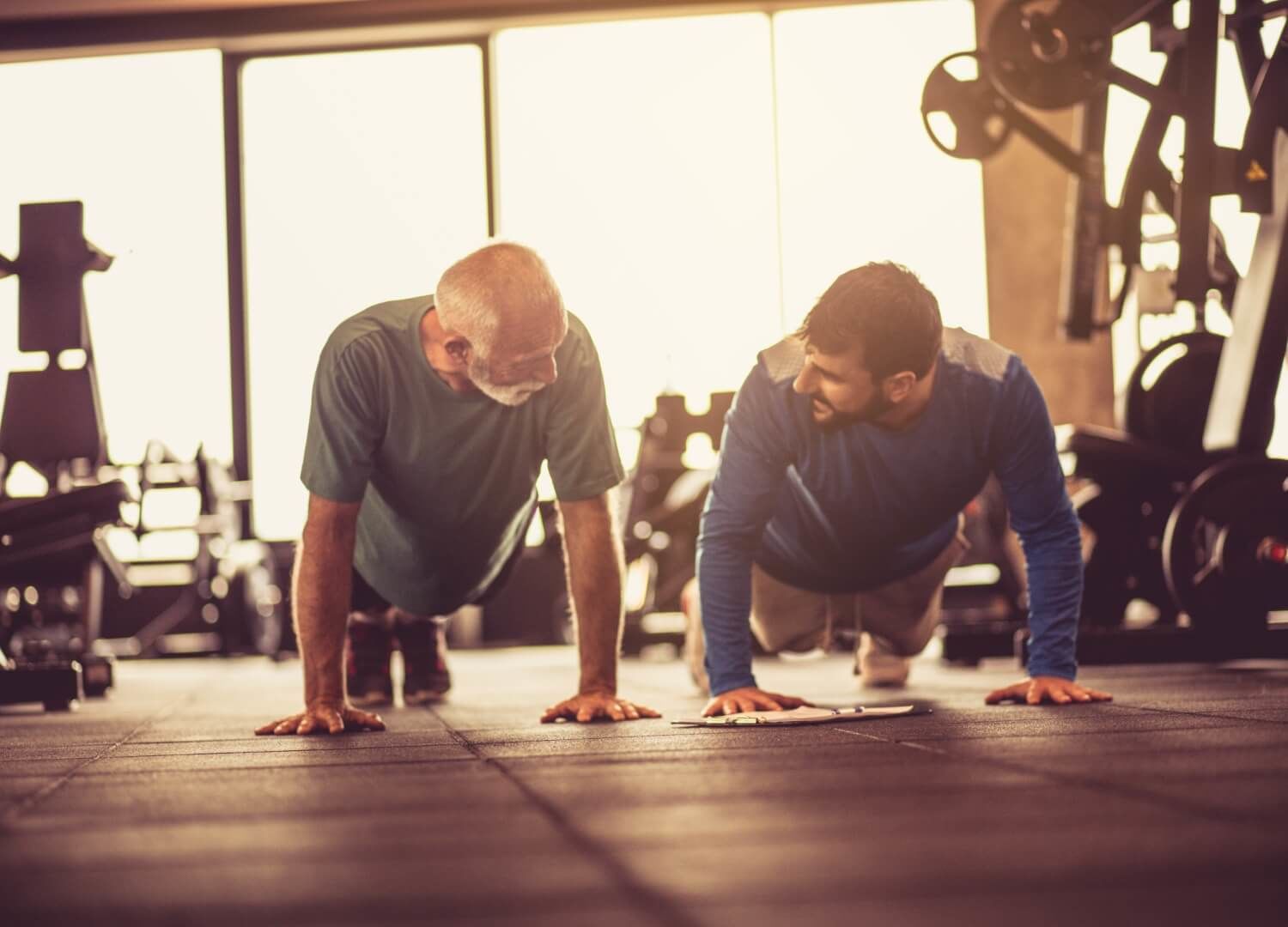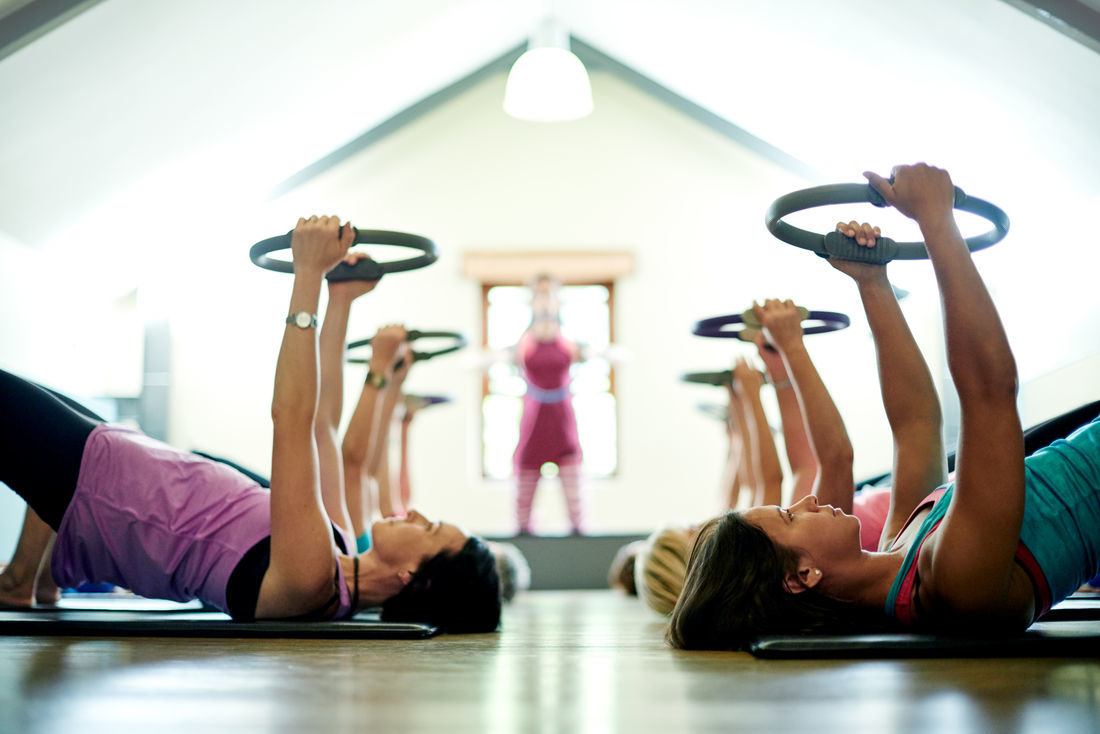How to Improve Your BalanceAs we age, our balance tends to decline. This can make it more difficult to do everyday activities, such as walking, getting up from a chair, and climbing stairs. Exercise can help to improve balance and reduce the risk of falls. |  |
Standing ExercisesThese exercises focus on maintaining balance while standing still. They can include activities such as:
| Balance Exercises with EquipmentVarious equipment can be used to challenge and enhance balance exercises, such as:
|
When performing balance exercises, it's important to ensure safety.Consider the following tips:
| Dynamic Balance ExercisesThese exercises involve movement while maintaining balance. They can include:
|
Improving your Balance and strength: A Key to Falls Prevention and Osteoporosis ManagementIncorporating balance exercises into your fitness routine not only improves stability and coordination but also plays a vital role in preventing falls and managing osteoporosis. Balance exercises offer numerous benefits that go beyond mere physical fitness. Let’s explore the advantages of balance exercises and understand how they can help prevent falls and assist in managing osteoporosis. ConclusionBalance exercises offer a multitude of benefits, including fall prevention and assisting with the management of osteoporosis. By incorporating these exercises into your routine, you can improve stability, coordination, bone health, flexibility, and body awareness. Remember to consult with a healthcare professional or Exercise Physiologist to tailor a balance exercise program that suits your individual needs and abilities. |  |
Invest in your wellbeing and take the first step towards a more balanced life.
Join our exercise physiology program at REPS Movement and unlock the benefits of targeted balance exercises.
Our dedicated team will guide you through a comprehensive training regimen tailored to your individual needs and goals.

